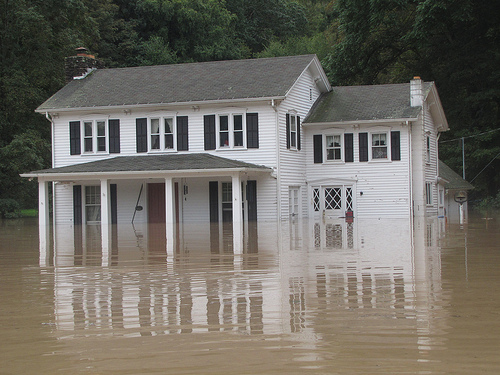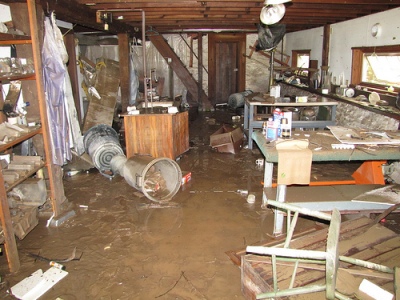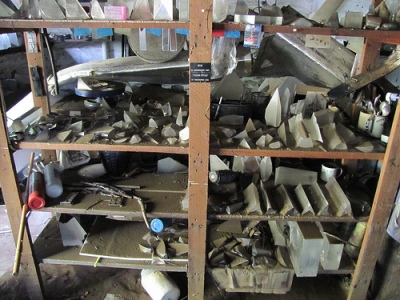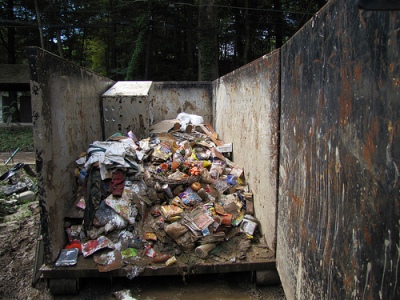Formed in 2006, NOCGI offered an open access glass studio with the hope of creating a community for artists who had lost their work and equipment during Hurricane Katrina. The organization took over the former site of Conti Glass, an open-access studio established by studio equipment fabricator Wet Dog Glass, which left New Orleans after the devastation of the hurricane. The pay by the hour studio features a full hot shop, kilns, lampworking area, and a cold working shop. In addition to renting out their facilities, NOCGI set up some educational programming for novice glass artists. Still, despite regular bookings, the organization has largely subsisted on Katrina related grants, which are on the brink of running out. Local glass artists fearful for the possible studio shut down, banded together and began brainstorming. “We called ourselves “Friends of NOCGI,” says former NOCGI and current “Creative Glass” at YAYA studio manager, Mark Morris. The weekly meetings yielded a litany of ideas, including starting their own LLC where they could fundraise to keep the studio in operation, but no substantial results. At the same time NOCGI board members were toiling away at the same issue. “We were finding being a hot shop for rent was a tough model for making ends meet,” says NOCGI CEO and President Carlos Zervigón. He says he tried to grow NOCGI into a larger self-sustaining entity, but found it nearly impossible in an ailing economy. Ultimately, NOCGI decided to donate the facility and its staff to YAYA. “We know how to run a studio and they know educational programming,” says Zervigón. It was, as he says, a no-brainer. YAYA would be able to offer more learning opportunities to area artists and students, and have the financial stability to keep the studio in operation.
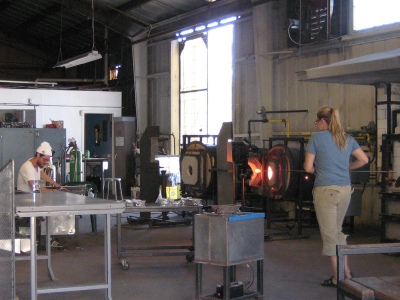
For more than two decades, YAYA has been offering young people the opportunity to get involved in the arts despite economic or social disadvantages. They offer all manner of art classes and workshops, but this will be their first time running a glass studio. With this new studio in their possession, they hope to expand their glass programming with NOCGI’s help. But Executive Director, Baty Landis, has no misconceptions about getting the studio into shape. “I expect a two year investment period to make [the studio] self sustaining, ” she says. Landis has big plans. In addition to dramatically expanding education at “Creative Glass,” she was wants to push art sales. Professional and student artists will have the opportunity to sell their work not only at the on-site gallery, but also at YAYA’s satellite gallery and the Arts Council Art Market. Landis says in addition, she will continue to look for grants and other donations to assist in covering costs. For now, the studio will maintain as an open access rental facility with a few educational programs here and there. She hopes to have a full schedule of classes lined-up by the spring, after her staff has a chance to review the studio and see where the educational opportunities are.
While the future of YAYA’s “Creative Glass” studio and program looks promising, the future of NOCGI is less clear. “We’ve been in such a rush with the transfer, we haven’t had time to this about what NOCGI will become,” says Zervigón. He imagines the organization will act as a conduit for artists, helping them to network and promote their work. Board member and glass artist Laurel Pocari sees the organization doing more. “What we hope to do is give awards, grants, offer residencies,” she says. Without the burden of a physical entity, the board can work towards helping funding other artists and building partnerships with arts organizations locally and across the nation.
It will be interesting to keep an eye to NOCGI to see how the organization evolves. NOCGI’s transformation may act as an example for other arts councils and organizations that have suffered financially in recent years. For now, check out “Creative Glass” at YAYA this November 18th at the former NOGCI studio on the Conti street at Carrolton Avenue. The event is free and open to the public.
–Ruth Reader

